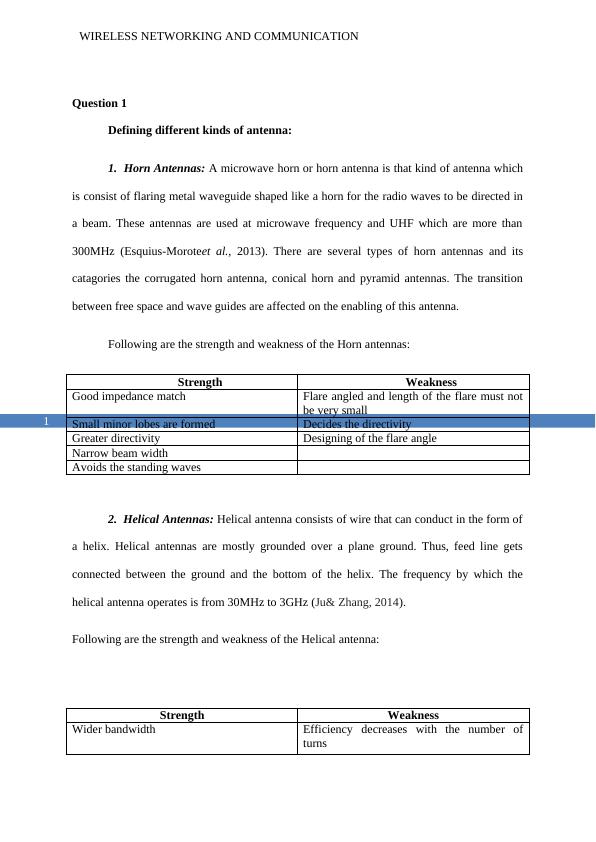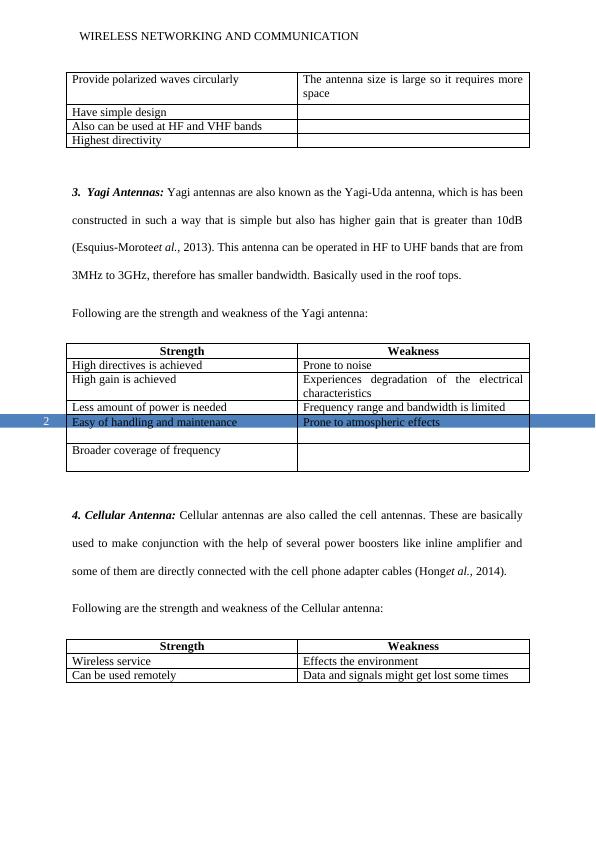ITC513 Wireless Networking Concepts Assignment
6 Pages1392 Words81 Views
Added on 2020-03-02
ITC513 Wireless Networking Concepts Assignment
Added on 2020-03-02
ShareRelated Documents
End of preview
Want to access all the pages? Upload your documents or become a member.
Wireless Networking and Communication
|6
|1386
|46
Wireless Networking and Communication - ITECH2300
|5
|987
|51
Wireless Networking and Communication | ITECH2300
|10
|1444
|41
Wireless Communication || Types Of Antennas
|6
|1243
|158
Wireless Networking Concept | Antenna
|11
|1835
|39
ITC 513 - Wireless Networking Concepts : Assignment
|5
|1066
|32



